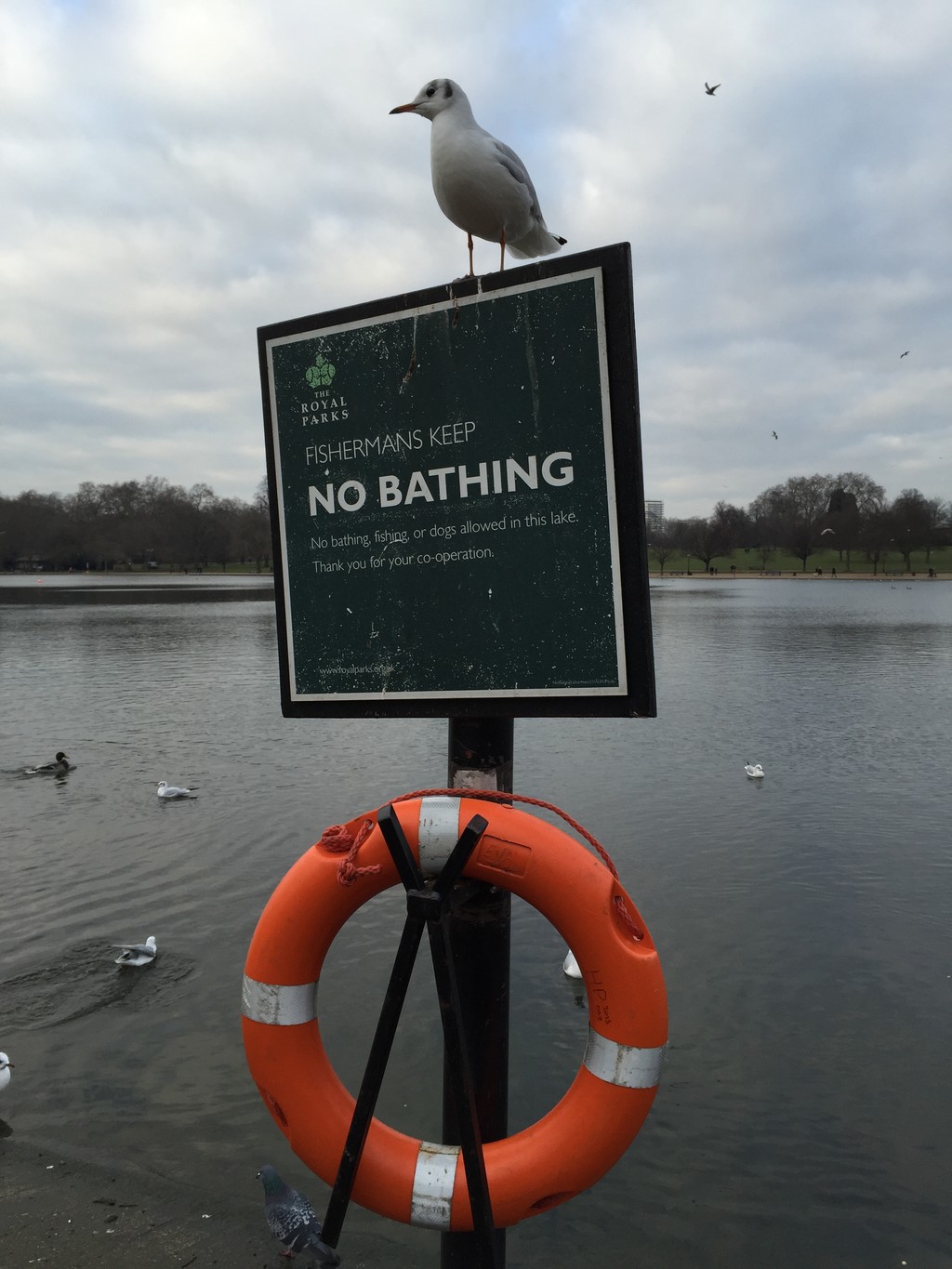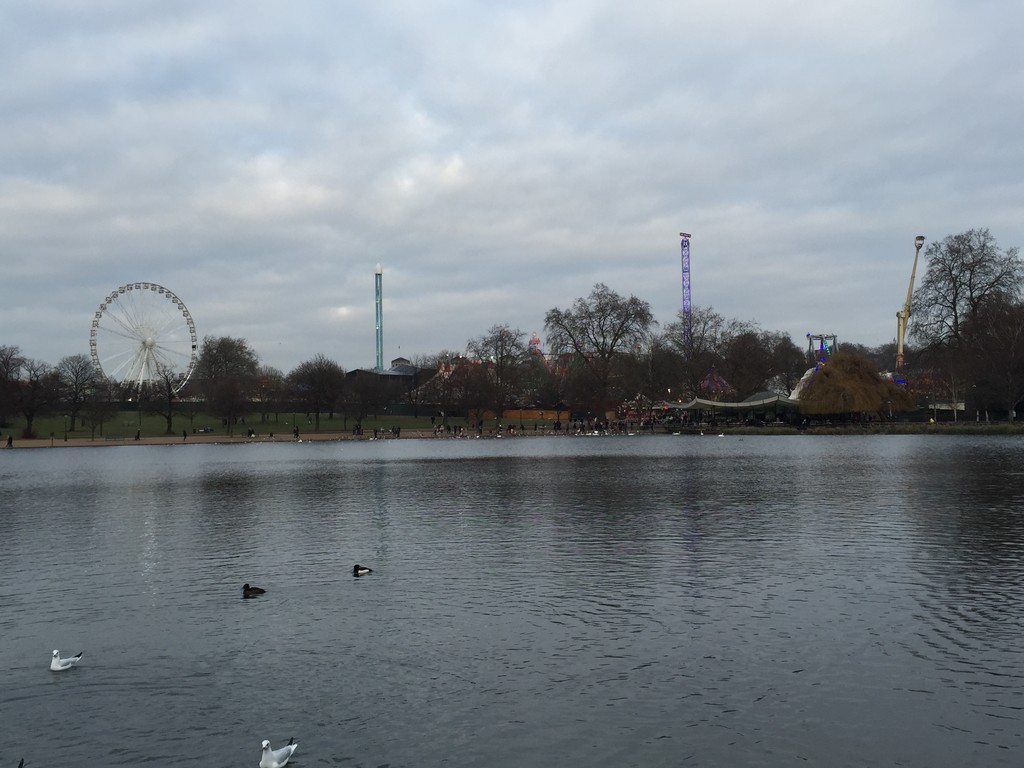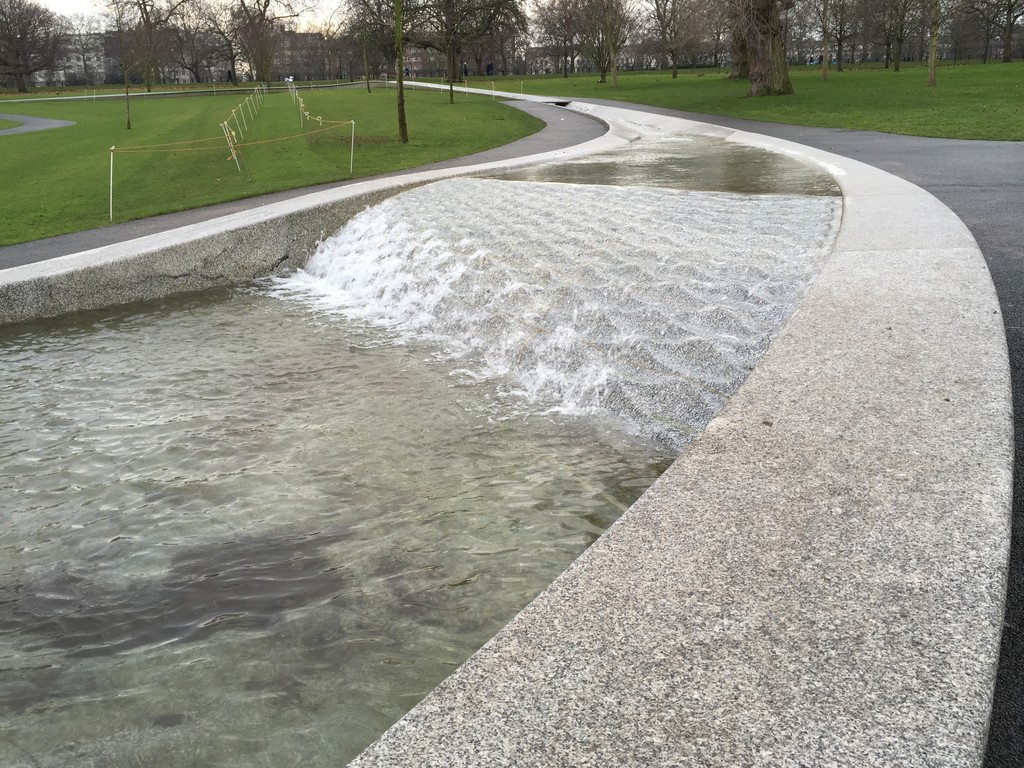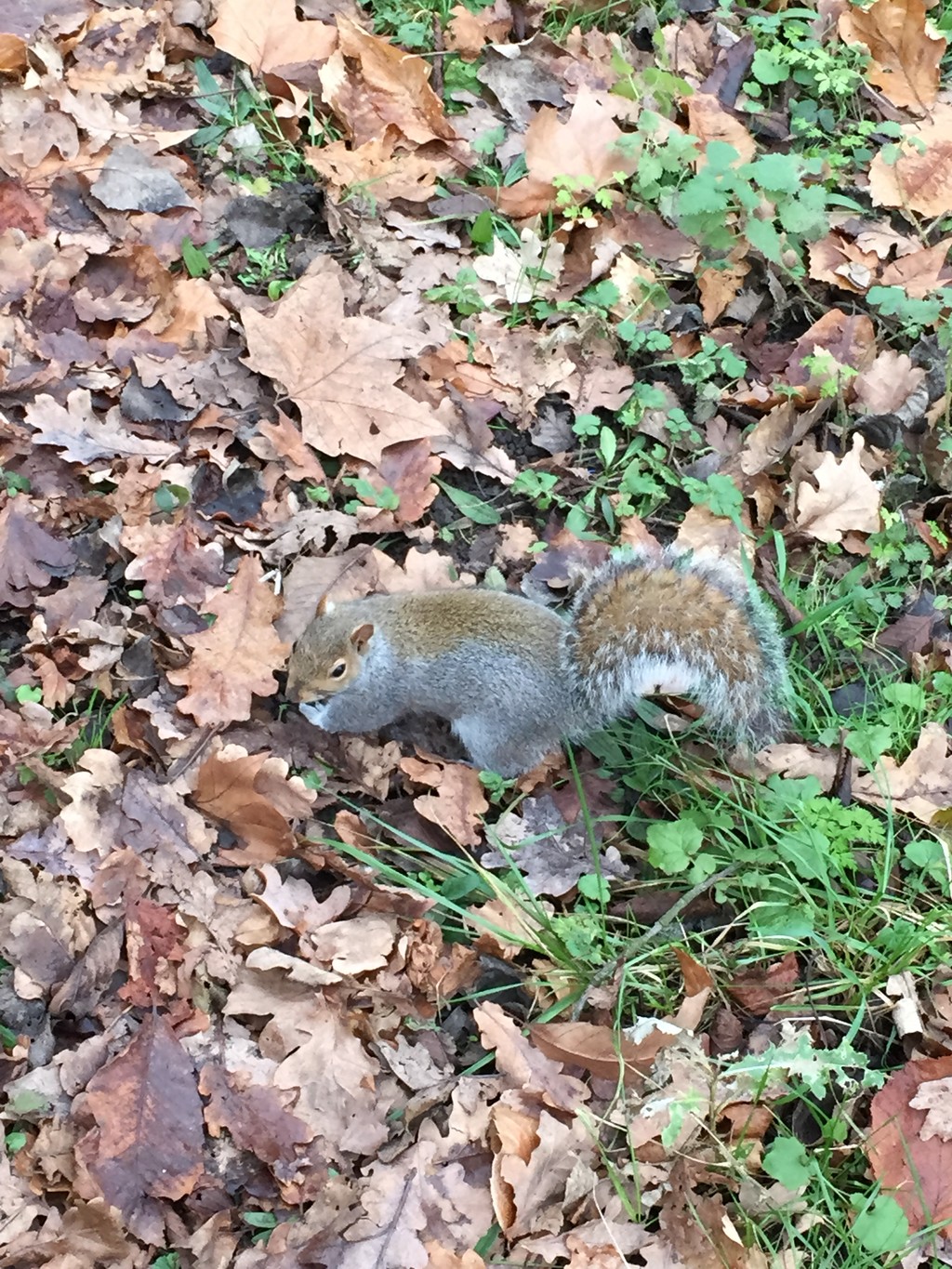
Hyde Park, which opened its doors to the public in 1637, is the oldest of the various royal parks in London and makes up one of the five that are connected in London, forming a giant green lung in the middle of this vibrant city. The park is famous for its Speaker's Corner.
The other parks include its neighbour, Kensington Gardens, Green Park and St. James Park. Hyde Park has an area of over 360 acres (142 hectares) and holds lots of large events, including celebrations and concerts. It is also a popular place for joggers, swimming, rowing, picnics and horse riding.
In 1536, King Enrique VII banned the monks from Westminster Abbey from using the park. It was mostly used for hunting. King Carlos I reopened the park to the public in 1637. The design of the current park was created by the architect Decimus Burton in 1825.
Hyde Park has a large amount of monuments and other points of interest, and you can easily spend hours exploring the different corners of the park.
The Serpentine, is a large artificial lake and is situated right in the south of the park and extends north into the neighbouring Kensington Gardens, where it is called Long Water. Queen Caroline, wife of King Jorge II, had the lake constructed in 1730. It is popular for boating and swimming.
Just south-west of the Serpentine is a monument in memory of Lady Diana. The modern fountain which looks more like an artificial tap than a fountain, was opened in 2004 by Queen Isabel II.

The fountain was designed by American landscape architect, Kathryn Gustafson, created with computer modelling techniques. The circular fountain contains 545 pieces of Cornish granite. The water flows from the two sides at the top into a small pool at the bottom.
Right at the southern end of Hyde Park is Rotten Row, a famous bridle path. The road is almost four kilometres long (6, 4 km) and is now used as a riding and walking track.
In the seventeenth century, the road was often used by William III. The king sometimes found the walk from Kensington Palace to St. James Palace too dangerous, so he had oil lamps installed along the route, thus creating the first lit street in England. The term 'Rotten Row' is derived from the "route du roi" or "King's Highway" in French.
In the nineteenth century, Hyde Park started to become a popular place for people to meet up. In 1872, in response to the riots that broke out after police tried to break a political meeting, the Speakers' Corner was established to create a place where people were allowed to speak freely. Here, every Sunday people stand up on the box and express their views on political, religious or whatever issues they may have, and are sometimes interrupted and questioned by their audience.
Near Speakers' Corner, in the north-east corner of Hyde Park, is the Marble Arch. The arch was built in 1827 as a gateway to Buckingham Palace, but it was placed in its current location in 1851. The designer, John Nash, took inspiration from the Arch of Constantine in Rome. The top of the arch was once used as a small police station.
East of Marble Arch are a number of fountains, that were created in 1961. Between the fountains and the arch are two large modern statues. One, called Still Water, is a huge horse's head, standing at more than 10 metres (about 35 feet). The bronze statue, created by British sculptor Nic Fiddian-Green, was unveiled here in 2009. Right next to the horse's head is another modern bronze statue erected in 2012. The equestrian statue honors Genghis Khan, a legendary Mongol warrior, and was created by Russian sculptor Dashi Namdakov.
The largest statue in Hyde Park is the Achilles statue, built in 1822 in honour of the Duke of Wellington, who conquered Napoleon's army at Waterloo. The bronze statue was cast from the cannons that were fired from the French in Vitoria, Salamanca, Waterloo and Toulouse. The statue was created by Richard Westmacott, who based his design on the statues of Castor and Pollux in the Piazza del Quirinale in Rome. The statue was naked, but true to their reputation, sanctimonious Londoners were surprised and Westmacott was forced to add a fig leaf, which is the reason for this rather random aspect of the statue.

There are several more monuments and statues in Hyde Park. One of the most notable is the 7/7 Memorial, which commemorates the victims of the terrorist attack on July 07, 2005. The monument consists of fifty-two stainless steel columns.
A very different monument is The Reformer's Tree, a black and white circular mosaic established in 2001. The mosaic marks the site of an oak tree that was burned during the riots of 1866. The charred stump was used as a bulletin board for political demonstrations organized by the Reform League. The demonstrations would lead to the creation of the Speakers Corner nearby.
A monument honours the more conventional William Henry Hudson, a writer and naturalist. The monument, a topography created by Jacob Epstein, was quite controversial when it was opened in 1925, but today it is hard to see why.
Another Memorial, dedicated to St. George and the Dragon, was released in 1924 and commemorates members of the Calvary regiments that served in both of the world wars.
A more modern monument is 'Isis', a statue three meters high of an ibis, designed by British sculptor Simon Gudgeon. The statue was installed in 2009 near the Serpentine. It is named after the Egyptian goddess of motherhood and protector of nature and magic.
However, there are more than just statues and memorials in Hyde Park. Most of the park consists of open green spaces dotted with large trees. There are very few flowers or shrubs, but an exception is the beautiful rose garden in the south-east corner of Hyde Park.

There are lots of flowers here, a long and winding pergola and two fine fountains. The oldest of the two is the Fountain of Artemis, showing the Greek goddess of hunting, Artemis (who is best known for her Roman name Diana). The fountain was created in 1822 by Richard Westmacott, the sculptor of the statue of Achilles nearby. The other fountain is known as the Boy and the Dolphin Fountain. It was created in 1862 by Alexander Munro and was originally placed in a sunken Victorian garden. In 1995, the statue was moved to its current location.
Another fountain in Hyde Park is the Joy of Life Fountain. The fountain is decorated with bronze sculptures, standing over a large circular bowl. In the centre, there are two adults, dancing and holding each other's arms. Around them, you can see four children that seem to be floating on water. The fountain, created by sculptor Thomas Huxley Bayliss-Jones, was completed in 1963. It is also sometimes called the Fountain of the Four Winds.
 What to see London,
London,
United Kingdom
What to see London,
London,
United Kingdom






















